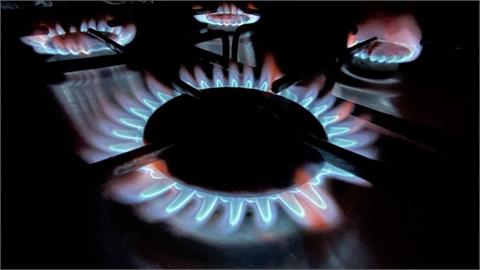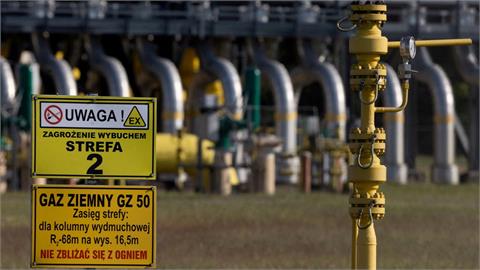The International Energy Agency (IEA) revised up its global oil demand estimates for 2022 by around 200,000 barrels per day (bpd) compared to last month's assessment due to softer COVID-19 restrictions.
Global oil demand is estimated to reach pre-pandemic levels of 99.7 million bpd, increasing by 3.3 million bpd in 2022, according to the IEA's oil market report on Tuesday.
This is a more positive prediction from last month despite an explosion in worldwide COVID-19 cases, the agency said as government measures to contain the virus are less severe than during earlier waves and their impact on economic activity and oil demand is anticipated to remain relatively subdued.
The agency foresees a quarter-on-quarter demand decline of 1.1 million bpd in the first quarter of the year following the usual seasonality and with surging new COVID-19 cases. However, it predicts a rise in demand by 245,000 bpd on average in the subsequent three quarters, as COVID-19 restrictions are set to be limited if a large part of the population achieves immunity from infection or vaccination.
Fuel switching from natural gas to oil in power generation remains a source of exceptional demand in Europe and China, the agency said, with expectations that it will continue through the first quarter of 2022.
The agency also predicted that global oil demand last year rose by 5.5 million bpd to 96.4 million bpd.
-Global supply rises in December
The IEA said global oil supply increased by 130,000 bpd in December to 98.63 million bpd, “after combined outages of over 400 kb/d (thousand barrels per day) in Ecuador, Libya and Nigeria partly offset higher flows from the US, Saudi Arabia, Norway, Canada and elsewhere in OPEC+.”
Although supply disruptions and underperformance by OPEC+ are tempering growth expectations for 2022, the IEA said the supply outlook “looks markedly different from 2021” with the world’s big three producers – the US, Saudi Arabia and Russia – eyeing volumes at or near-annual records as well as Canada and Brazil which are also aiming for their highest ever levels.
The agency expects a larger increase in world oil output in January, with recoveries in Ecuador and Libya, and higher exports from Nigeria underway.
“OPEC+ is due to boost supply by a further 400,000 bpd, but the additional increment is likely to be lower as nations outside the Middle East continue to struggle with technical issues and capacity constraints,” it said.
Kazakh production, which has been running above its OPEC+ quota, looks set to fall month on month after flows at its biggest oil field in Tengiz were briefly disrupted by protests at the start of January, the agency noted.
OPEC crude oil production reached 27.99 million bpd in December, recording an increase of 190,000 bpd compared to the previous month.
Non-OPEC production, meanwhile, decreased by 60,000 bpd to 65.42 million bpd.
(Anadolu Agency, January 19, 2022)



